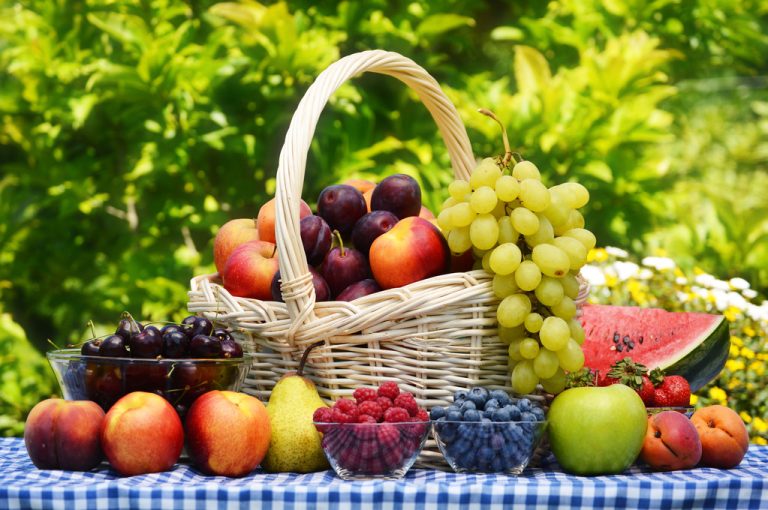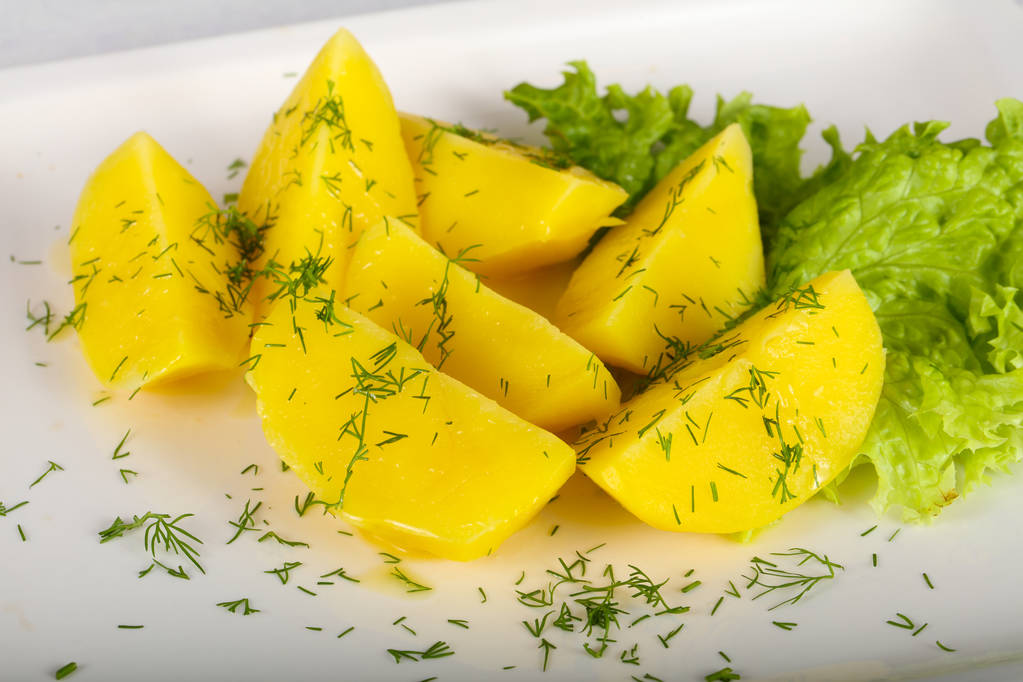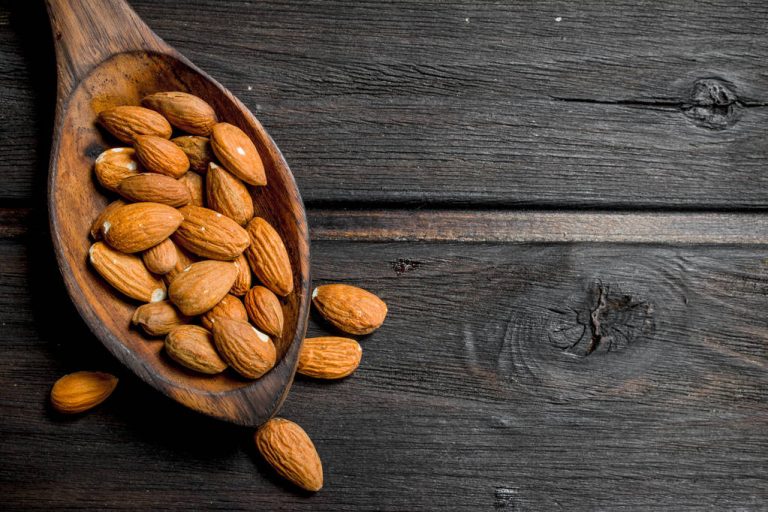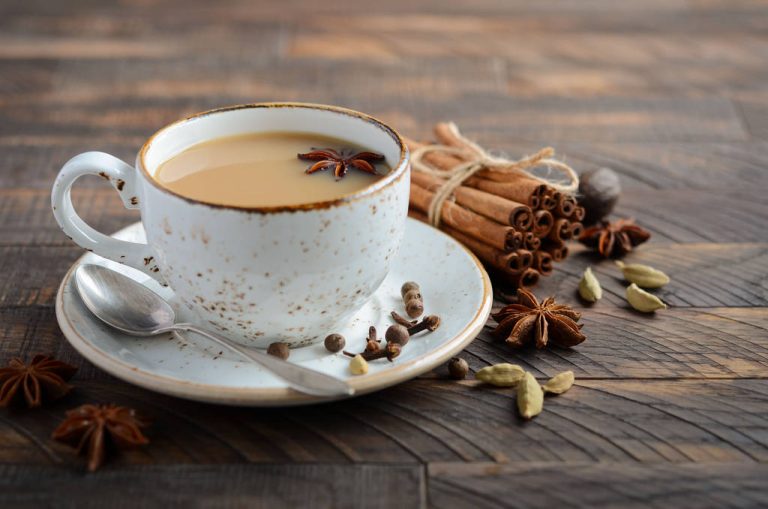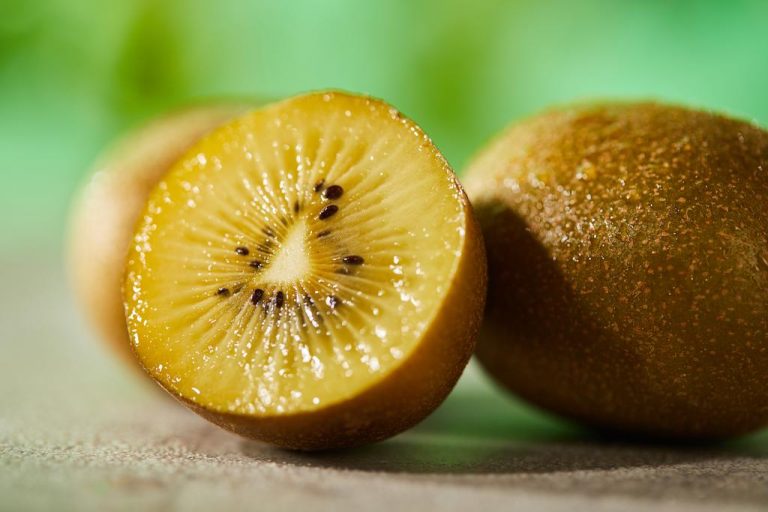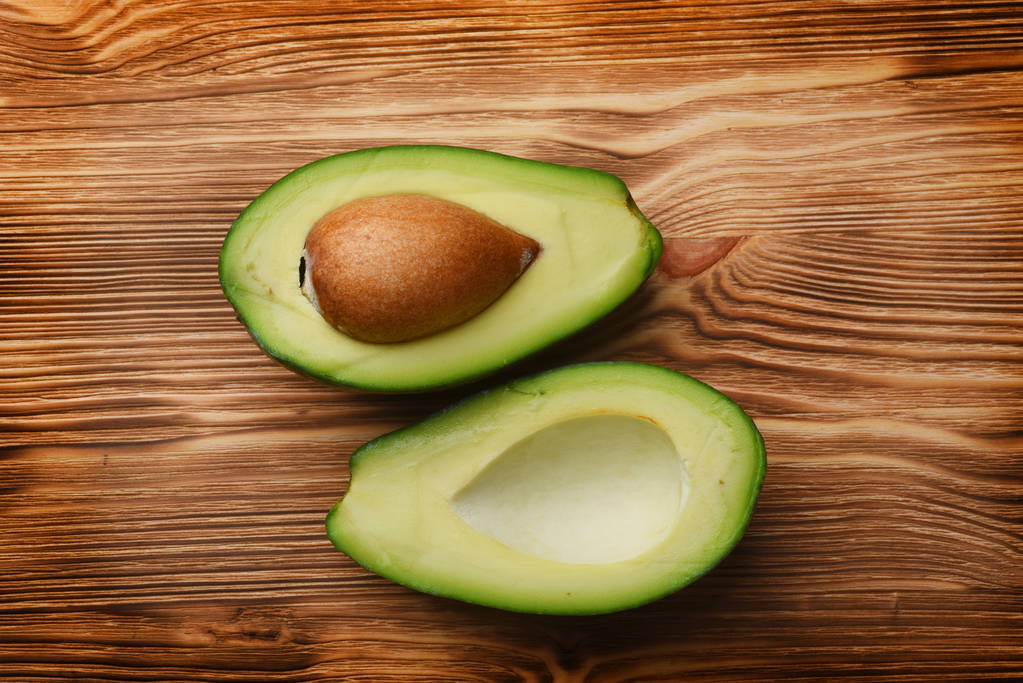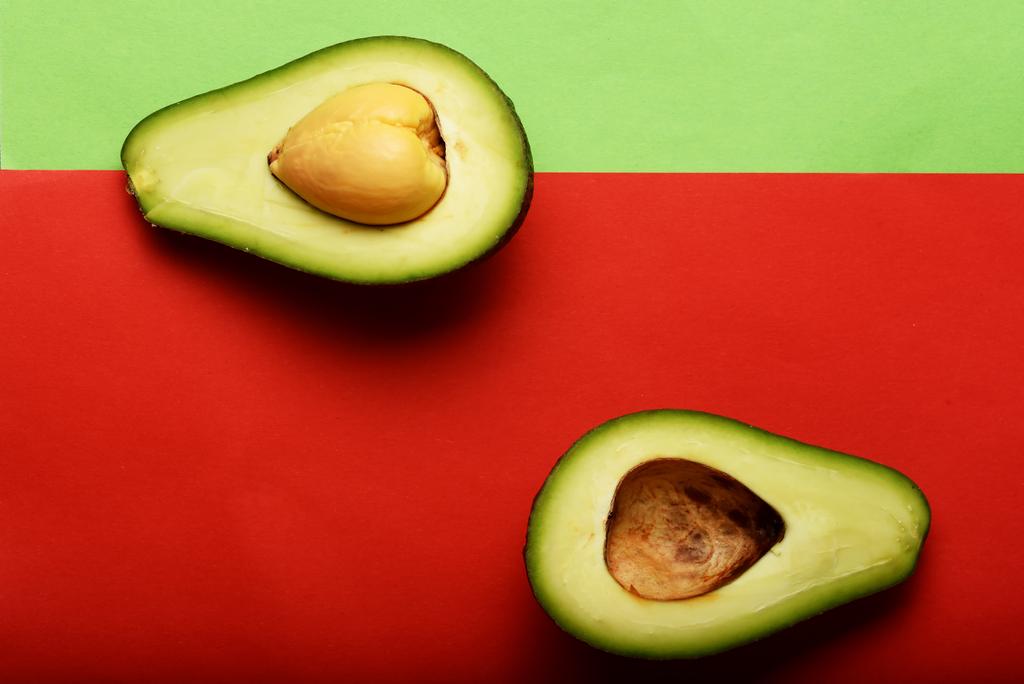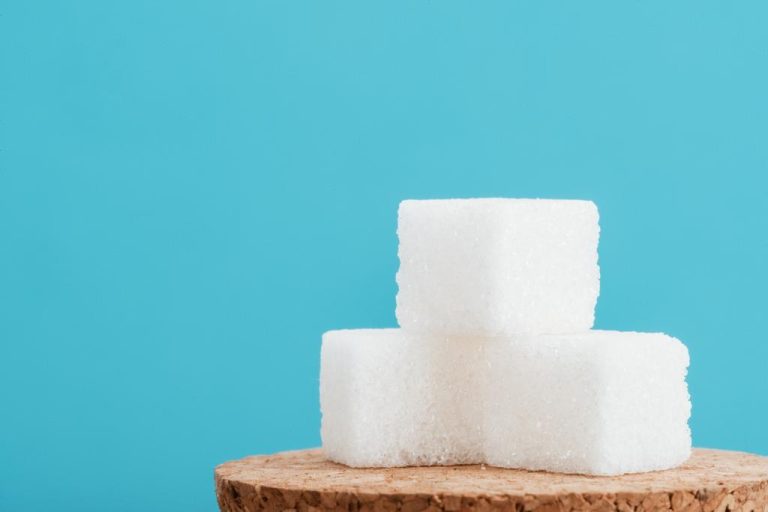For many, it is simply part of the start of the day: orange juice. However, new evidence shows he is not as healthy as many believe.

The nutritional values in a 230ml glass of orange juice:
Calories: 110
Protein: 2 grams
Carbohydrates: 26 grams
Sugar: 22 grams
Vitamin C: 120 percent of the recommended daily amount
Vitamin B1: 15 percent of the recommended daily amount
Potassium: 13 percent of the recommended daily amount
Folates: 10 percent of the recommended daily amount
It’s actually pretty good, isn’t it? The only recognizable weak point: the sugar content. At 22 grams per glass, orange juice is comparable to a glass of cola, which contains roughly the same amount of sugar. That’s the equivalent of almost nine sugar cubes. Apart from that, however, orange juice is rich in vitamins and should actually be good for our body.
Scott Kahan, however, sees things differently. The scientist is certain that the consumption of orange juice is associated with obesity and organ damage. And not just because of the sugar. Orange juice has been squeezed from several oranges. Consuming the juice cannot be compared to consuming a natural orange. When you eat an orange, you not only take in the same vitamins with significantly fewer calories, but also valuable dietary fiber, which slows down digestion and creates a feeling of satiety. This does not happen with orange juice. You don’t feel full even though you’ve consumed more calories.
Fruit juices have a lot of calories, but they don’t fill you up
According to Kahan, the added sugar is just the tip of the iceberg. The high sugar content can be a problem for diabetics in particular. But they are not the only ones at risk: the large amount of sugar can also be harmful for non-diabetics.
Nevertheless, orange juice also has advantages when consumed correctly: The juice is a direct supplier of carotenoids, falvonoids and vitamin C. Carotenoids support the immune system and, as antioxidants, fight harmful substances in the body. Falvonoid is an anti-inflammatory and inflammation can always be a trigger for serious diseases. Vitamin C is an essential nutrient for the body. It improves and supports the immune system and also acts as an antioxidant.
“If you really like orange juice, it can be worth including in moderate amounts in a balanced diet,” says Scott Kahan. However, all the good stuff in the juice can also be obtained by consuming a whole orange – and with far fewer calories.


